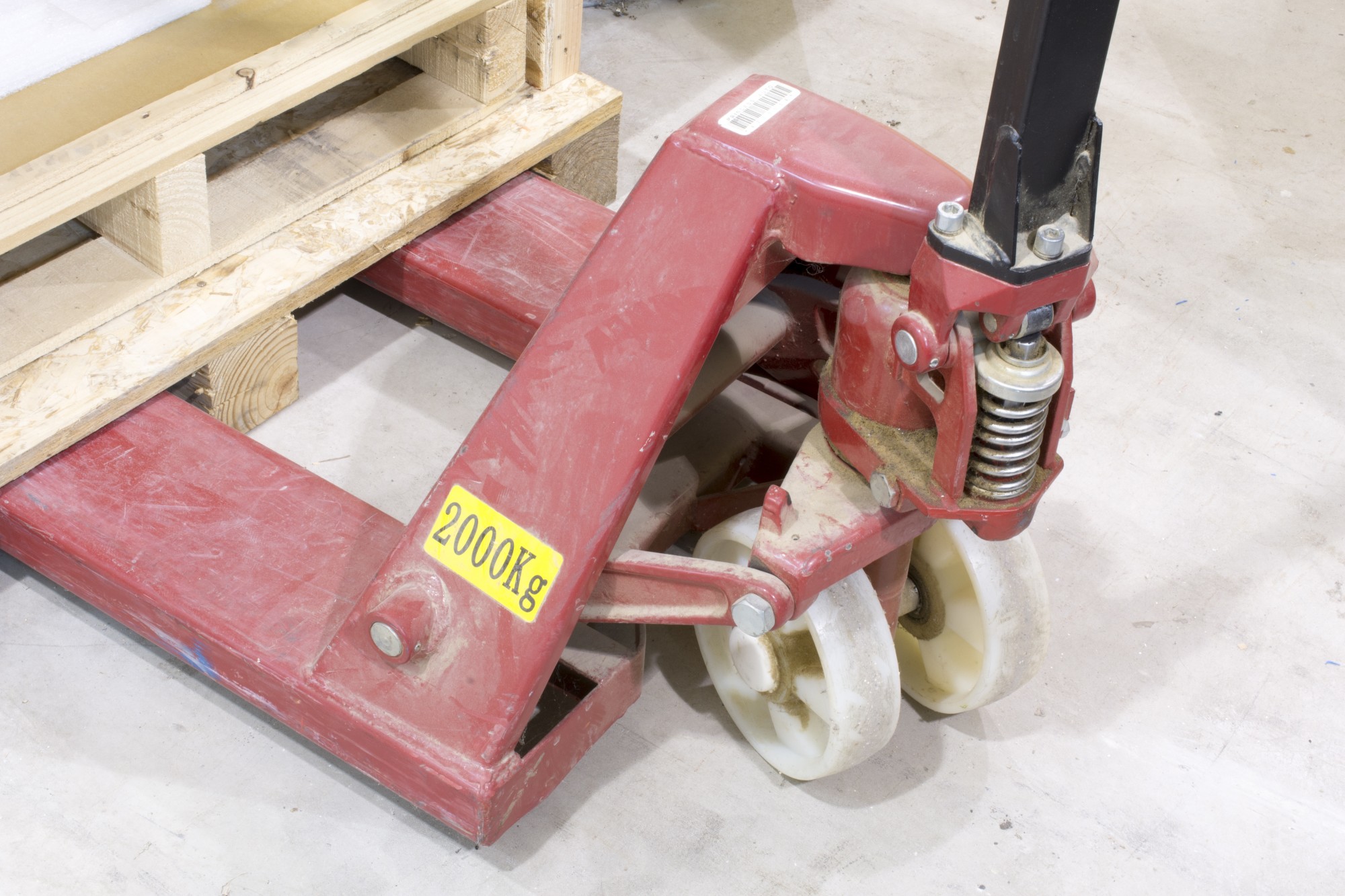In October 2022, there was about $334.8 billion worth of imports to the US.
If your business involves importing or exporting goods, you know how important it is to have the right equipment to handle the job. Transporting heavy loads on a large scale requires equipment that can withstand heavy weights and daily wear and tear. A pallet jack is one of the most versatile pieces of equipment you can invest in.
Using a pallet jack can make your job easier. Here are some key pallet jack operating tips that you can use to make your workday more efficient.
What is a Pallet Jack
To move pallets or heavy boxes, you can find a pallet jack in warehousing, freight and transportation, industrial production, and other industries. It is a forklift-like device that an operator will operate and use to move and lift loads requiring up to 4,500 lbs. capacity.
These tools are maneuverable, requiring minimal physical effort to operate. Pallet jacks can also help reduce workplace injuries.
Different Types of Pallet Jacks
Standard pallet jacks can lift up to 2000 pounds and roll on four wheels, with two back wheels featuring locking brakes. Other pallet jacks include low-profile models that can lift. They can move loads up to 2000 pounds and high-lift models with a more extensive lifting range of up to 2700 pounds.
There are also handle styles such as manual- or electric-operated, as well as single- and dual-handle models. When using a pallet jack, the critical thing is that you should operate all models carefully. The brakes should always be firmly engaged, and the total weight must never exceed the indicated limit.
What to Wear
Having the proper attire with the right safety equipment is a must. Steel-toed shoes are a must-have to protect your feet from falling objects or sharp objects that you may find on the pallet jack. Non-slip shoes are also recommended to provide stability while operating the pallet jack.
You should also wear long pants to help protect your legs from debris or splinters. Additionally, gloves can protect your hands and provide a good grip on the pallet jack. Furthermore, long sleeves are recommended to protect your arms and skin.
Furthermore, you should wear sunglasses, sunscreen, and a hat for outdoor operations to protect yourself from the sun’s rays. As always, it is essential to ensure that you drink plenty of water and take regular breaks to avoid heat exhaustion.
Pre-Operation Inspection
Before using a pallet jack, check the wheels, steering mechanism, and lifting forks for missing, broken, or worn parts. Check the battery, hydraulic oil, pressure, and handle to ensure it is functioning with no loose or damaged parts. Make sure all protective covers and guards are in place and have the proper functions.
Make sure all warning labels are in place and readable. Check the brakes for proper operation to ensure each wheel has good leverage over the floor for a smooth, efficient, and safe operation. Finally, check the extensions and all other moving parts for precise, unobstructed movement.
Additionally, the user must update all operator manuals. All preventive maintenance and service records should also be up-to-date and on-site.
If replacements are needed, ensure you can do so as soon as possible. Certain parts, like pallet jack wheels, are susceptible to wear and tear and may need regular replacements. Make sure to look for a supplier that provides high-quality and accessible parts for your operations.
Furthermore, all applicable safety and operational regulations must be implemented and met before the pallet jack’s operation. Adhering to these pre-operation steps ensures you can use the pallet jack without any problems and that you may avoid any complications down the road.
How to Load Your Pallet Jacks
Loading onto the pallet jack is done by positioning it underneath the pallet. The forks should rest in the slots of the pallet. The operator will then raise the forks and tilt the pallet back to ensure the forks are fully engaged in the slots to ensure a safe weight transfer.
Loading and unloading cargo using a pallet jack requires caution and preparation. Always ensure that the pallet you are working with is free of sharp edges, nails, and other debris that could puncture the jack’s wheels or cause personal injury.
Before attempting to load and unload, you must appropriately secure the pallet box to the jack so it cannot fall off. Reducing any excessive movement is essential to prevent any injuries as well. As a safety measure, always make sure the pallet is centered and balanced in the pallet jack and have platform ladders ready for use before loading or unloading.
Moving the Load
When moving a load, you must always stay within the rated capacity of the pallet jack. Doing so could lead to serious injury, causing strain on the operator’s muscles and joints and damaging the pallet and any other items the pallet is holding.
When securing a load on the pallet, use rope, straps, or other forms of fastening to ensure that it remains secure while in transit. It’s also essential to ensure a stable pathway when moving the load, with wide and easy-to-navigate turns, to avoid crushing hazards.
Furthermore, it’s essential to be mindful of any uneven surfaces. It could cause the pallet jack to tip over, endangering both the operator and the load.
Storing the Pallet Jack
The pallet jack should be stored on a smooth flat surface, preferably in a cool and dry space. Make sure that it is positioned so that no part is in contact with any hard or abrasive surface, as this can damage the wheels or other components. Furthermore, keep an eye on the pallet jack’s tire pressure and ensure it maintains the optimal pressure for longer life.
Using a Pallet Jack for Proper Warehouse Management
With a pallet jack, it’s possible to quickly move pallets and crates, even with heavy loads. Always check the weight limits, wear safety gear and practice proper technique. We recommend checking out online resources to learn more about using a pallet jack.
Have this article helped you out? For more tips and advice, check out our blog for similar posts!




